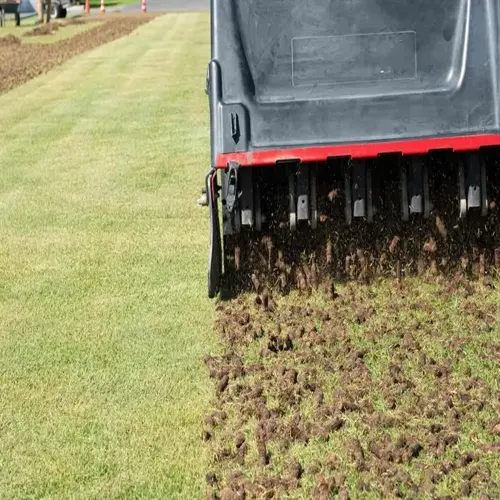How do you treat magnesium deficiency in tomatoes?

Written by
Paul Reynolds
Reviewed by
Prof. Samuel Fitzgerald, Ph.D.Deficient magnesium in tomatoes shows a yellowing pattern between the leaf veins. This deficiency significantly reduces the quality and quantity of the fruits. Correct identification will prevent efforts from being engaged in the wrong treatments. I have saved crops by using magnesium sulphate applications. Soil testing is essential to identify deficiencies before taking any action.
Foliar Spray Method
- Mix 1 teaspoon Epsom salts per liter of water
- Spray leaf undersides every 14 days at dawn
- Use fine mist nozzle for complete coverage
- Improves symptoms in new growth within 3-5 days
Soil Drench Technique
- Dissolve 1 tablespoon Epsom salts per gallon water
- Apply directly to root zone using narrow-spout can
- Prevents runoff by pouring slowly around base
- Reaches 6-inch depth for immediate root absorption
Side-Dressing Approach
- Measure 15g dry Epsom salts per plant monthly
- Create shallow trench 4 inches from stem
- Cover crystals with soil to prevent scattering
- Slow-release method ideal for sandy soils
Foliar sprays contain the most soluble magnesium available. Such applications will completely bypass any root problems. This is the ideal time, which is early in the morning when the stomata are wide open. Be sure to cover both surfaces of the leaf completely to the point of runoff. I prefer to use backpack sprayers for even uniformity. Avoid windy conditions that could cause drift and result in unnecessary waste.
Soil drenches are used to directly influence root uptake. Magnesium sulfate dissolves easily in warm water. Apply solutions under the drip line of plants where most of the feeder roots are located. Nutrients are not available in sandy soil due to leaching if the soil is watered inordinately. I test the soil moisture before applying the solution so that the water can penetrate the soil effectively.
Side-dressing gives continued release of magnesium. Apply after rainfall or irrigation, or when the soil is moist. This gradual feeding will prevent toxicity. I combine this practice with mulching and a generous application of compost for even better results. Always handle the concentrated crystals with gloves to protect your hands.
You should confirm the deficiency before treatment. Soil testing accurately defines magnesium levels. Yellowing leaves may indicate other problems, such as nitrogen deficiency. Addressing the wrong deficiency is often wasteful of your resources and harmful to the plant. I take soil samples during every planting season and make adjustments accordingly.
Read the full article: Magnesium Deficiency Tomatoes: Complete Grower Guide

